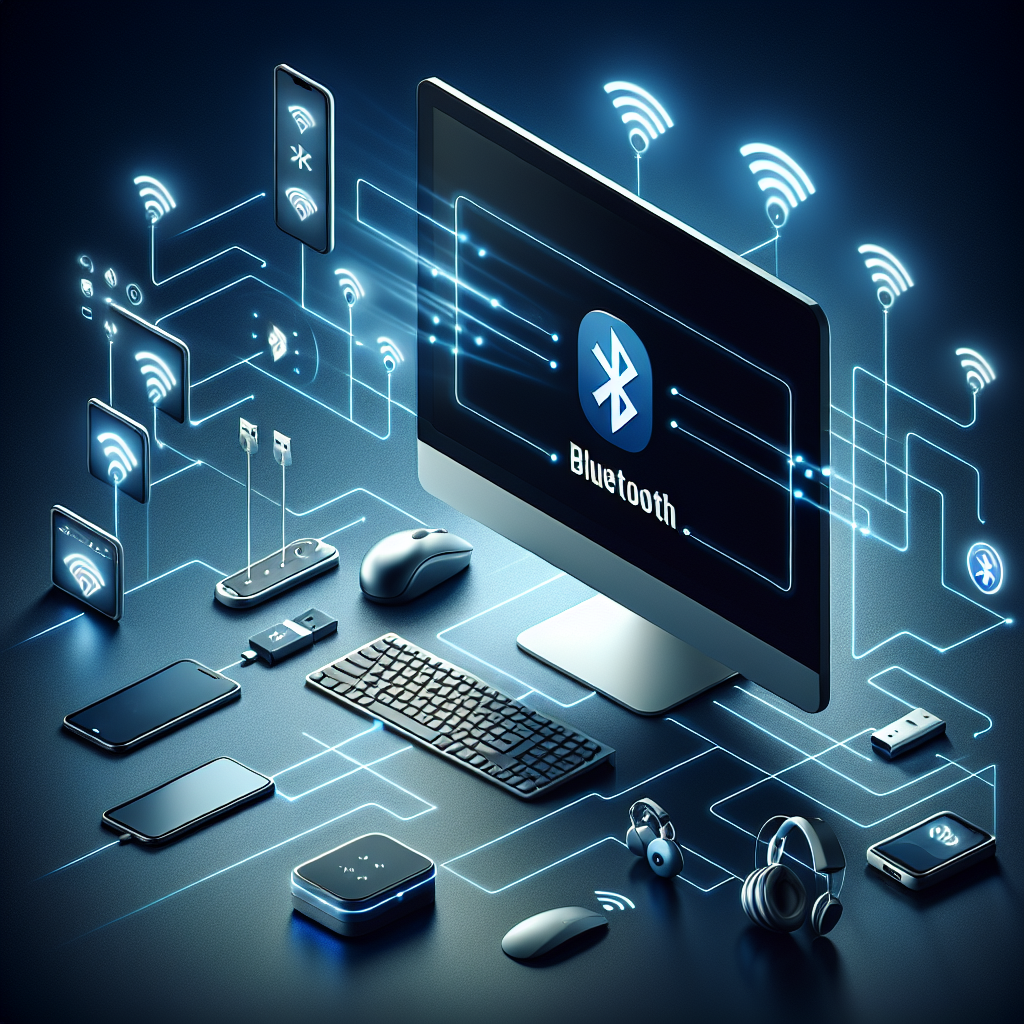How to Connect PC to Bluetooth?
Connecting your PC to Bluetooth devices can enhance your digital experience by enabling wireless connections with peripherals such as headphones, mice, keyboards, and speakers. This guide will walk you through the steps required to connect your PC to Bluetooth in various operating systems, help troubleshoot common issues, and optimize your Bluetooth connection.
Step-by-Step Guide to Connect PC to Bluetooth
1. Ensure Your PC has Bluetooth Capability
First, make sure that your PC is equipped with Bluetooth. Most modern laptops have built-in Bluetooth adapters, but some desktops might require a Bluetooth dongle. Here is a quick way to check:
- Press Windows + X and select Device Manager.
- Expand the Bluetooth category. If you see a Bluetooth device listed, your PC has Bluetooth.
- If there is no Bluetooth category, you may need to purchase a Bluetooth adapter.
2. Turn On Bluetooth on Your PC
Enable Bluetooth on your PC through the settings.
- Press Windows + I to open Settings.
- Go to Devices.
- Click on Bluetooth & other devices.
- Toggle the Bluetooth switch to the On position.
| Operating System | Steps to Enable Bluetooth |
|---|---|
| Windows 10 | Settings > Devices > Bluetooth & other devices > Toggle On |
| Windows 11 | Settings > Bluetooth & devices > Toggle On |
| MacOS | System Preferences > Bluetooth > Turn Bluetooth On |
3. Pair Your Bluetooth Device
Make your Bluetooth device discoverable and pair it with your PC.
- Put your Bluetooth device in pairing mode (refer to its manual for instructions).
- On your PC, go to Bluetooth & other devices in Settings.
- Click Add Bluetooth or other device.
- Select Bluetooth from the list of options.
- Choose your device from the list and click Connect.
4. Verify the Connection
Ensure your Bluetooth device is properly connected and functioning correctly.
- Check for a confirmation message on both your PC and Bluetooth device.
- Test the device to confirm it is working (e.g., play music, move the mouse).
- If issues arise, restart your PC and try pairing again.
Troubleshooting Common Bluetooth Issues
Device Not Found
If your PC does not detect the Bluetooth device, ensure:
- The device is in pairing mode and within range.
- Your PC’s Bluetooth is turned on.
- There are no physical obstructions or other devices causing interference.
Bluetooth Connection Drops
To address a dropping Bluetooth connection:
- Ensure the Bluetooth device is fully charged.
- Check for driver updates in Device Manager.
- Turn off and then turn on Bluetooth on your PC.
- Consider moving closer to the Bluetooth device to reduce interference.
Optimizing Your Bluetooth Connection
Use Updated Bluetooth Drivers
Always keep your Bluetooth drivers updated to ensure the best performance.
- Press Windows + X and select Device Manager.
- Expand the Bluetooth category and right-click your Bluetooth adapter.
- Select Update driver and follow the prompts.
Minimize Interference
Keep electronic devices that operate on the same 2.4 GHz frequency away from your Bluetooth devices to reduce interference.
Monitor Battery Levels
Ensure your Bluetooth device has adequate battery levels for a stable connection.
Connecting your PC to Bluetooth devices offers the convenience of wireless technology and can significantly enhance your computing experience. By following these steps and troubleshooting tips, you’ll be able to enjoy a seamless Bluetooth connection for all your peripherals.

